FINDER Motor Controls and Drives
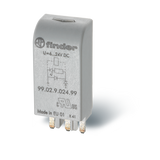
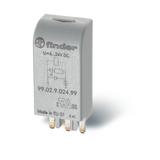


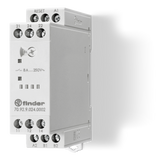
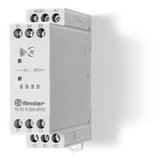


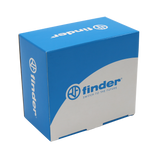
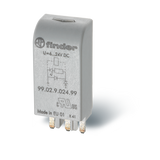
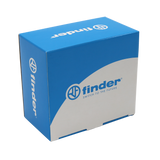
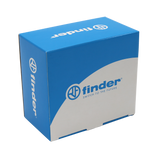

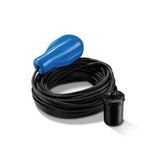
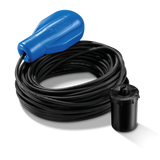
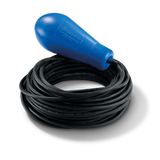


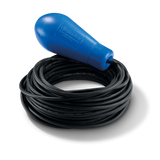
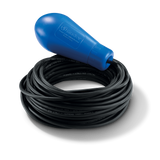
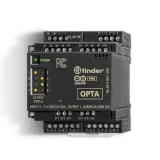
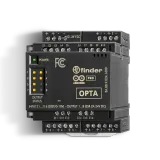
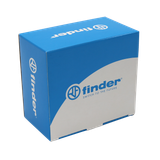
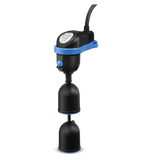
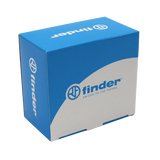

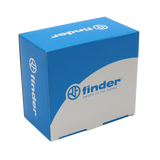
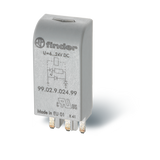

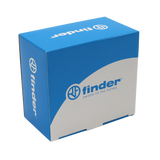

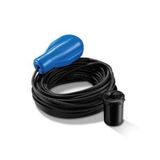
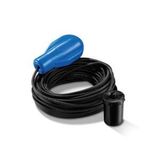

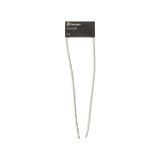
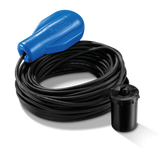
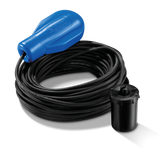

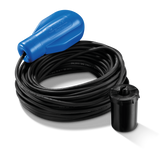
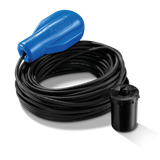
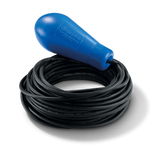

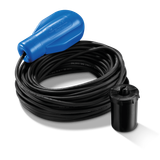
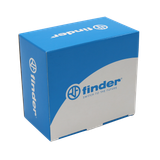
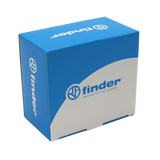
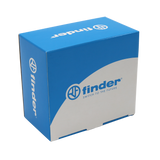
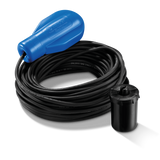
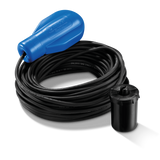
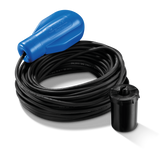
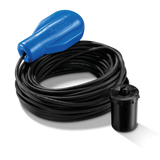

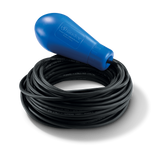



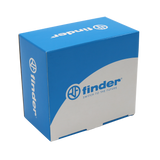
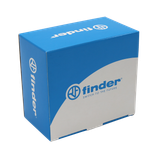
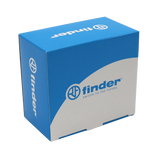

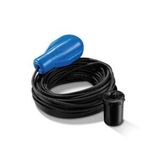
-
-
1
- 2
-
In control cabinets, it’s rarely the visible components that matter most — it’s the reliability of what’s inside. Finder control gear plays that quiet, central role in thousands of panels across Europe. Whether you're switching loads, isolating signals, or interfacing with PLCs, these devices are the working layer between automation and execution. You won’t see a factory floor without them — they’re installed, wired, and often forgotten, which is exactly the point.
Finder Control Devices — Practical Build, Consistent Fit
From experience, what makes Finder control devices stand out is how cleanly they fit into real-world assemblies. You’ve got a dense panel, limited rail space, varied coil voltages — and Finder modules just go in without a fight.
- Coil voltages: 12 V DC, 24 V AC/DC, and 230 V AC across most series
- Relay types: general-purpose, interface, solid-state, high-inrush variants
- Contact ratings: 6 A, 10 A, and 16 A options — depending on model and duty class (AC-1, AC-15)
- Mounting: standard 35 mm DIN-rail, tool-free in most setups
- Module widths: from 6.2 mm for slim relays to 22.5 mm for multi-function control
- Operating temperature: –20 °C to +55 °C — stable under load
- Compliance: IEC/EN 61812, 61810, 60715 (relay, timing and rail standards)
You’ll also find thoughtful layout choices — consistent terminal numbering, clear actuator access, and isolation slots that matter during diagnostics. It’s all small stuff — until you're in the field with gloves on.
Finder Relay Modules — Real Use Cases from the Field
You’ll usually see Finder relay modules in places where space is tight and uptime matters — switchboards, HVAC zones, conveyor control, even lift panels.
In practice:
- A panel builder wiring a 5-motor assembly might choose Finder 38.51 relays for their 16 A AC-1 rating, 230 V coil, and minimal heat rise.
- For signal-level switching, Series 39 or 34 interface relays are common, especially in PLC I/O zones where clean separation is needed.
- In BMS or lighting automation, modules like the 19.91 are used for high inrush loads (LEDs, ballasts), where standard relays would fail.
What matters is repeatability — technicians install Finder automation gear without double-checking datasheets. They know the gear, they’ve used it before, and it behaves as expected.
Finder Switching Gear and Control Modules — What Buyers Compare
When you're buying Finder switching gear in bulk, you're not just filling BOM lines. You're choosing form factors that simplify wiring, voltages that match control logic, and contact ratings that won’t trip service calls later.
Procurement teams usually check:
- Model type and relay function: general, timer, step relay, high-inrush
- Coil voltage: match to system logic (24 V DC, 230 V AC, etc.)
- Terminal layout: push-in vs. screw clamp, spacing, orientation
- Contact configuration: 1CO, 2CO, NO/NC flexibility
- Mounting width: space-per-module is always a constraint
- MOQ and box quantity: some series come in 10– or 25–unit packs
- Interchangeability: cross-matching with existing systems (Phoenix, Omron, etc.)
You’ll also want to standardize series across projects — if your team is used to the 38 or 39 Series layout, switching back and forth costs hours per cabinet.
Finder Automation Gear from a European Distributor
Bank of Lamps supplies the full range of Finder automation gear — relays, interface modules, switching gear, and timing devices — directly from our warehouse in Latvia.
We handle consolidated shipments across the UK, Germany, Netherlands, Baltics, France, Spain, and Belgium. For B2B clients, that means:
- Bulk availability of Finder control equipment
- Stable SKUs across series
- No delivery guesswork — just scheduled restocks, mixed pallets, and low minimums
We don’t just sell components — we help panel builders, installers, and OEMs keep their workflows consistent.